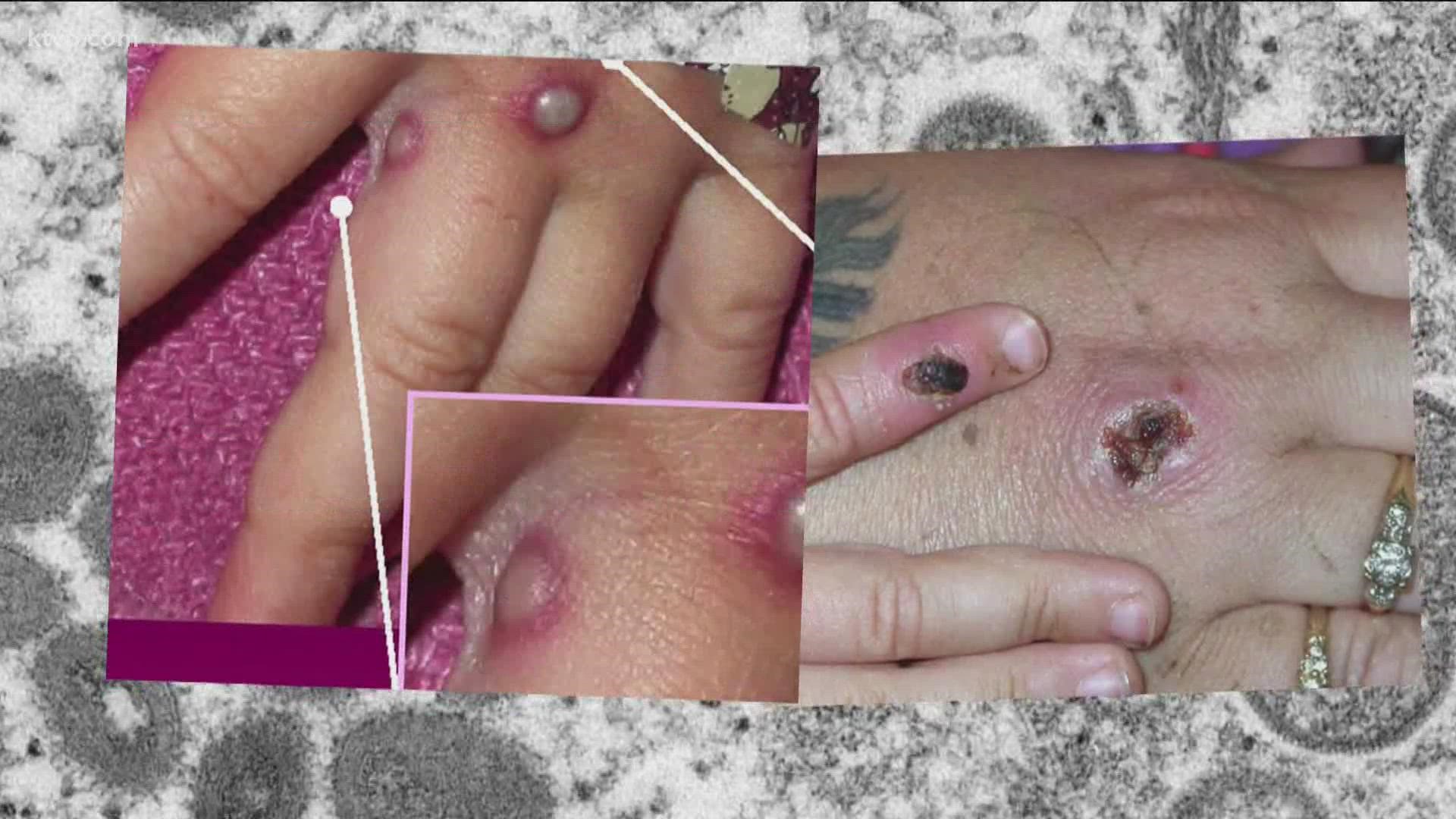BOISE, Idaho — Two possible cases of Monkeypox have been reported by the Salt Lake County Health Department (SLCoHD) based on preliminary testing.
The samples were sent to the U.S. Centers for Disease Control and Prevention where they will be tested to confirm whether the cases are Monkeypox or not. Utah's public health system expects test results to be confirmed as early as tomorrow.
The two infected individuals became symptomatic after traveling earlier this month to an area with an outbreak of monkeypox cases. Both individuals are currently quarantined and do not present a risk to the public.
SLCoHD is not able to share additional information about the two individuals, other than they are experiencing mild illness and are expected to fully recover.
At this time, no exposure risk to the public has been identified regarding the probable cases, according to Utah's public health system. SLCoHD and the Utah Department of Health and Human Services are contacting individuals who were specifically identified as close contacts by the infected individuals.
Concern for public exposure is explicitly limited to those who have had direct, close contact with infected individuals during the infectious periods.
Although Monkeypox is a rare illness, it is more commonly found in Central and West Africa, but health officials have identified several cases in Europe and North America. Monkeypox is not known to spread easily among humans, with transmission generally not occurring through casual contact.
Human-to-human transmission typically occurs through direct contact with body fluids or monkeypox lesions. Transmission may also occur through prolonged, close face-to-face contact.
Symptoms usually start showing around 7−14 days but can range from 5−21 days as well. However, Infected people are not contagious before showing symptoms.
In humans, Monkeypox symptoms include fever, headache, muscle aches, exhaustion, and swollen lymph nodes. The illness typically lasts 2−4 weeks.
Oftentimes, infected people will also develop a rash, starting on the face and spreading to the rest of the body. The rash then turns into fluid-filled bumps ("pox"). The pox lesions eventually scab over and fall off.
There is currently no proven or safe treatment for monkeypox, although initial evidence indicates that smallpox treatments may be useful. Most infected people are able to recover without treatment.
Those traveling internationally should review current recommendations from the CDC regarding monkeypox and other communicable diseases. The most important precautions to take to prevent monkeypox are frequent, thorough handwashing; avoiding contact with animals, and close contact with people who have symptoms of the illness.
Also, consider making an appointment with a travel medicine clinic to stay up to date on recommended immunizations and learn about potential health risks at their destination.
For more information about monkeypox, visit the CDC website.
Watch more Local News:
See the latest news from around the Treasure Valley and the Gem State in our YouTube playlist:

